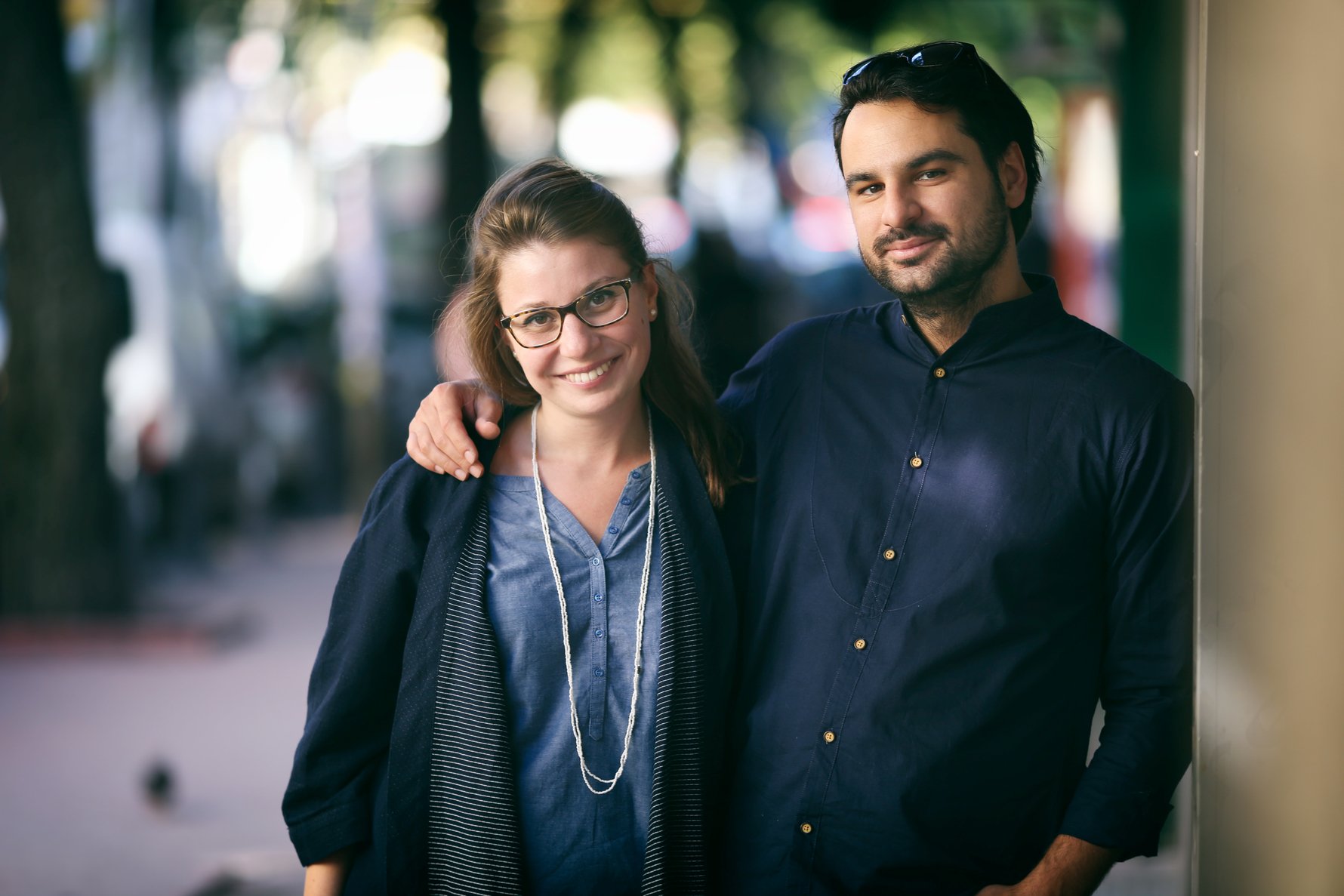 Teodora Konstantinova & Radoslav Mehandzhiyski (Tedi & Rado) are the founders of the contemporary art and culture platform 'Art & Culture Today'. They have found new and exiting ways to bring a deeper understanding of contemporary art to a broader audience by creating new types of events in a natural, attractive, stylish and thoughtful manner!
Teodora Konstantinova & Radoslav Mehandzhiyski (Tedi & Rado) are the founders of the contemporary art and culture platform 'Art & Culture Today'. They have found new and exiting ways to bring a deeper understanding of contemporary art to a broader audience by creating new types of events in a natural, attractive, stylish and thoughtful manner!We asked them to share with us 5 contemporary pieces of Bulgarian Art everyone should know about.
Pravdoliub Ivanov, “Fairy Tale Device Crashed”, 2013, Installation, cut carpet, hidden aluminium construction
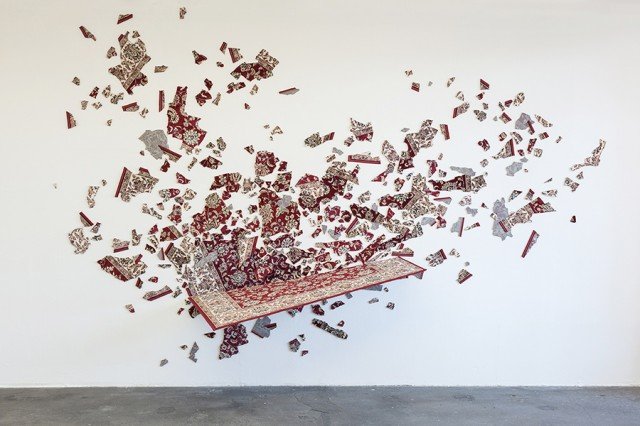
The artwork is created with a real (traditional) carpet which seems as if it has crushed into the wall while flying and broken into pieces. The magical carpet is a popular fantastic image from Arab fairy-tails – the work itself is inspired by the Arab Spring in 2010. The political context speaks about a ‘fairy tale’ environment where something went wrong.
Luchezar Boyadjiev, “Neo-Golgotha,” 1994
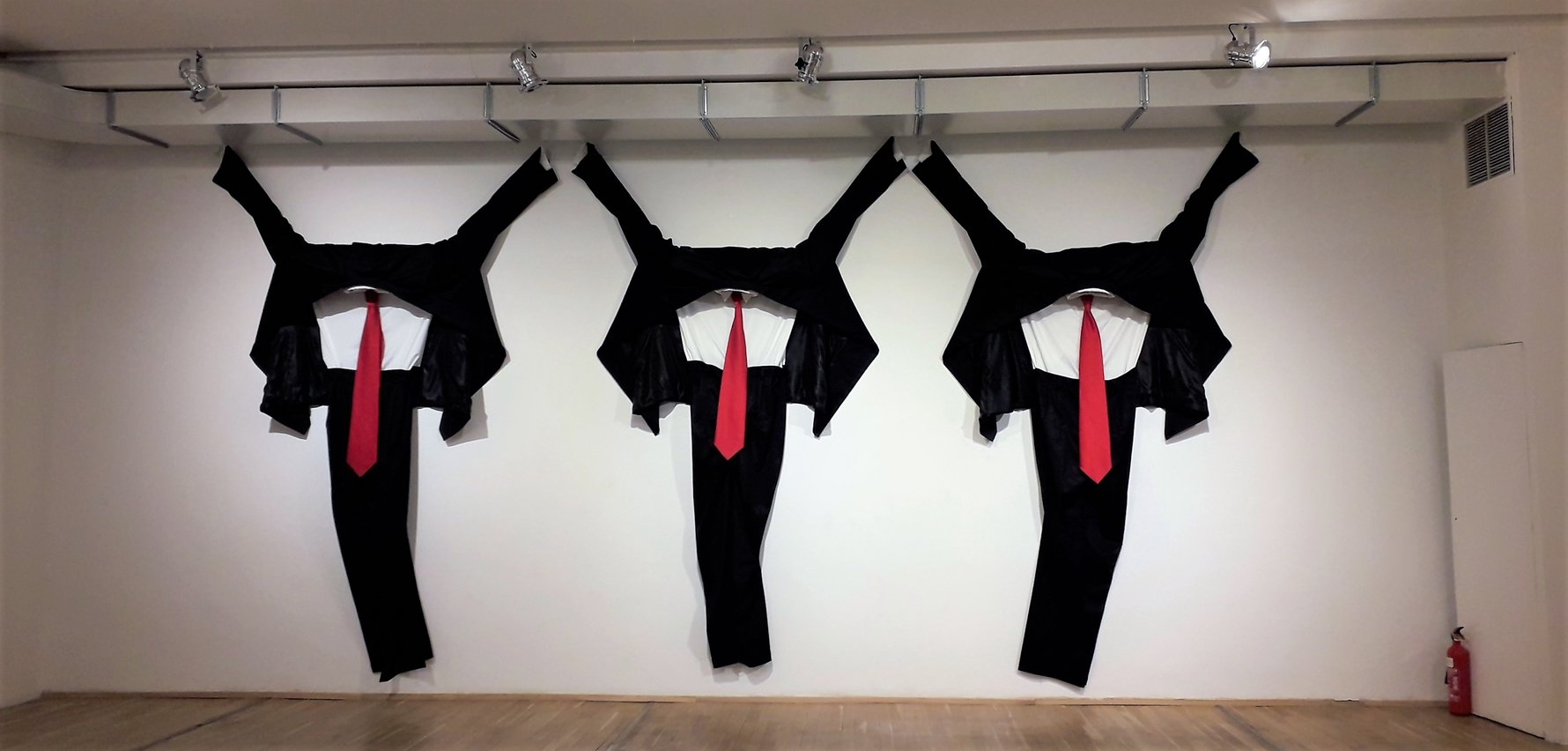
Luchezar Boyadjiev is one of the most important Bulgarian contemporary artists who started his career in the beginning of the 90s. He is both an artist and an art historian which always results in additional meaning to his artworks. “Neo-Golgotha” demonstrates a modern business “Yuppie” variation of the Christian crucifix motif. The comment is on the relation between religion’s core values and modern day capitalistic society.
Christo and Jeanne-Claude, “The Floating Piers”, 2016 (Lake Iseo, Italy)
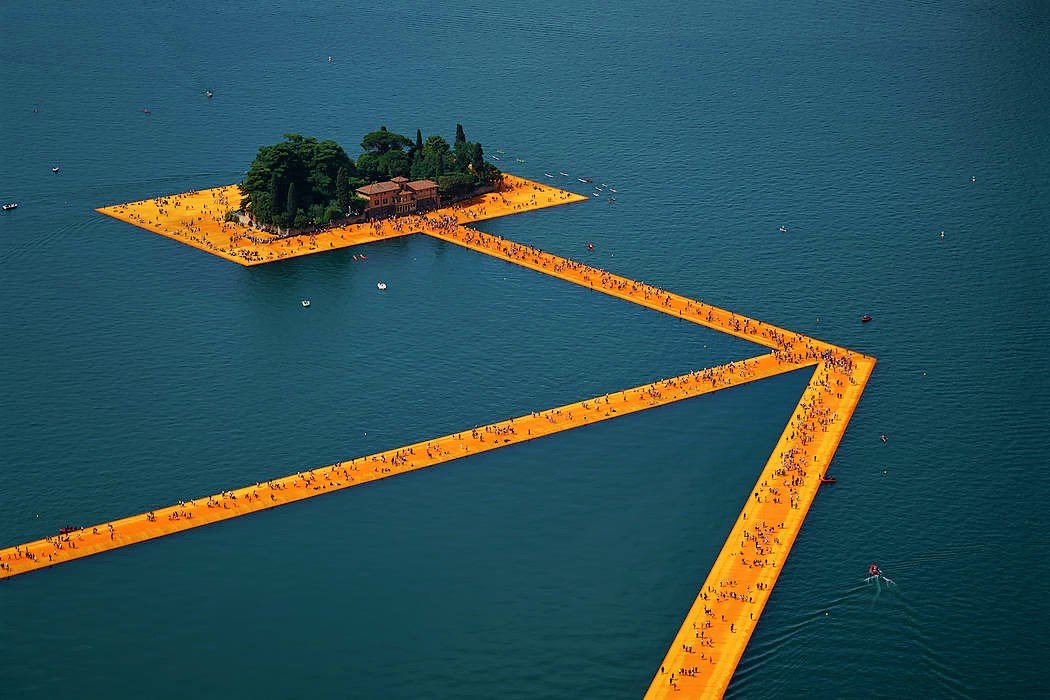
In fact, one of the most famous artists in the world – Christo – is Bulgarian (Christo Yavasheff). Born in Gabrovo in 1935 he managed to escape from the communist regime in 1957. He first lived in Paris with his wife and art-partner Jeanne-Claude, where they developed their unique artistic style of wrapping different objects, monuments, buildings, etc. Later they moved to New York. Their last project was “The Floating Piers” (Lake Iseo, Italy) in 2016. They made “walking on water” possible for all the visitors who were lucky to have such a grand experience… (Jeanne-Claude passed away in 2009, yet this project was created by both Christo and Jeanne-Claude).
Ivan Moudov, “Performing Time”, 2012, HD Video, duration - 24 hours
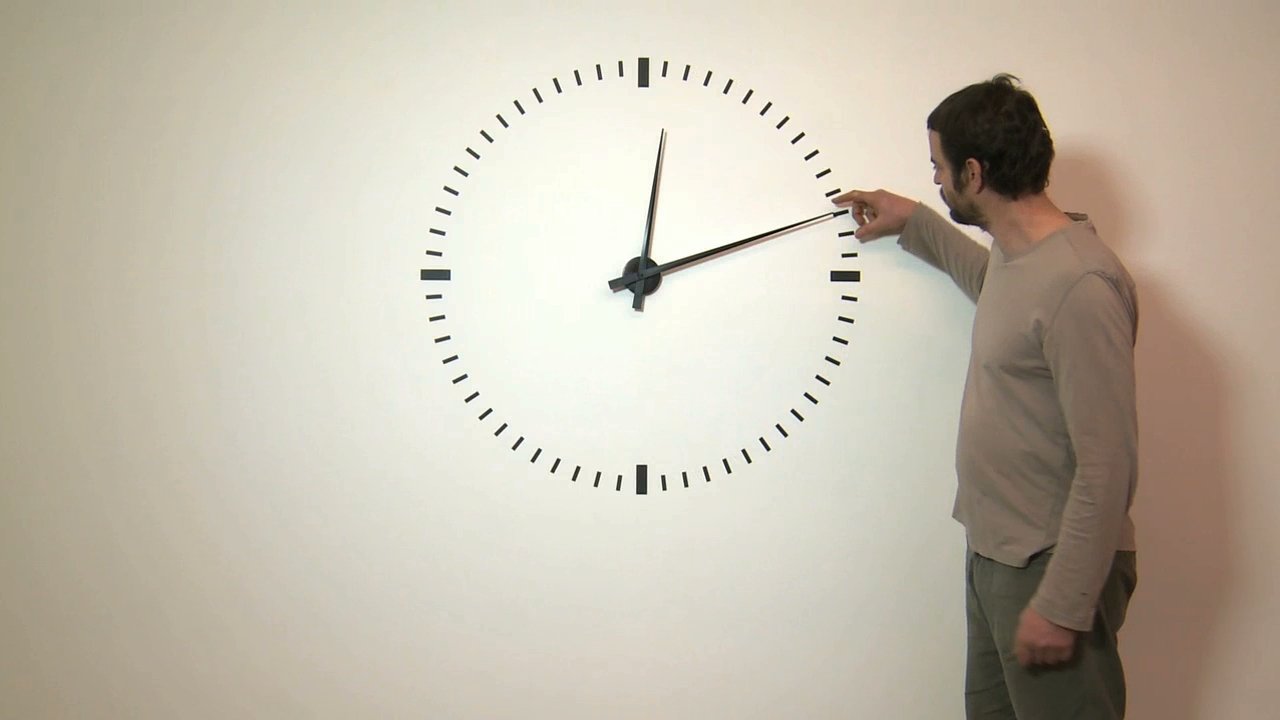
Ivan Moudov is well-known for his intelligent and humoristic art performances. In “Performing Time” he stands next to a large clock for 24 hours and he moves the clock hand after each minute has passed following his own sense of time. The performance ends after 23h 15 min. The work discusses the inevitable relation between man and the physical and psychological experience of time!
Nedko Solakov, View to the West, 1989
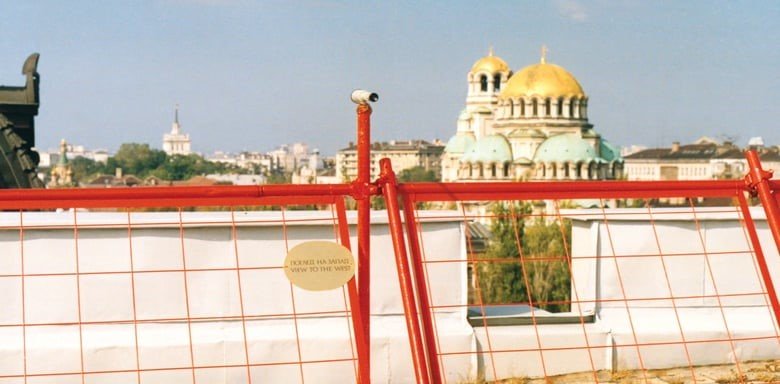
“View to the West” is an early conceptual artwork shown at the first legal contemporary art exhibition in Bulgaria, right after the fall of the communist regime in 1989. An emotional period when everybody was looking towards the West with great expectations and hope. The absurd here is that the work is a small telescope pointing towards the west – it stands on the rooftop of the building housing the Bulgarian Artists Union – yet when you look through it you still see the red communist star on the top of the Government building…
Find out more about Tedi&Rado's work www.ARTandCulture.today
And visit their new gallery Little Bird Place





Comments